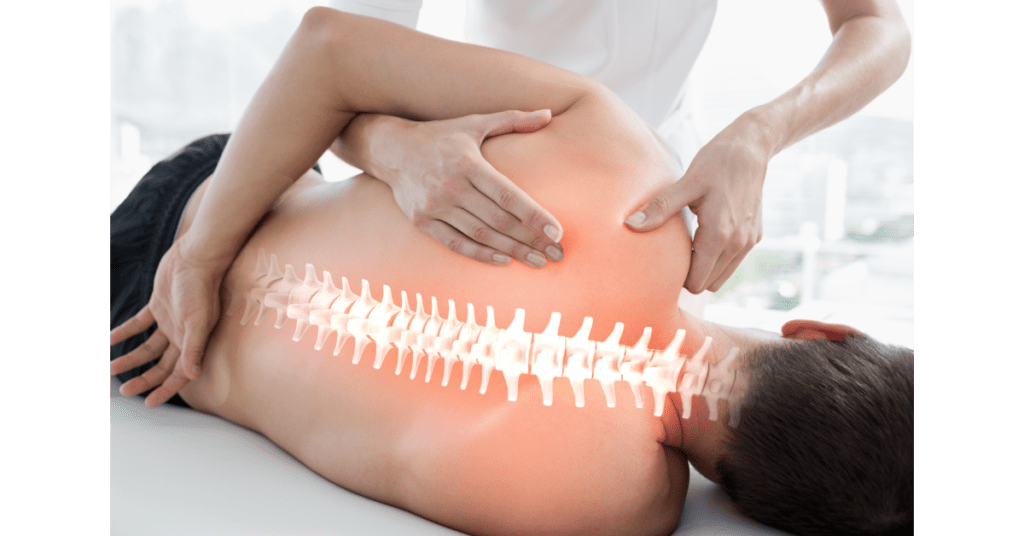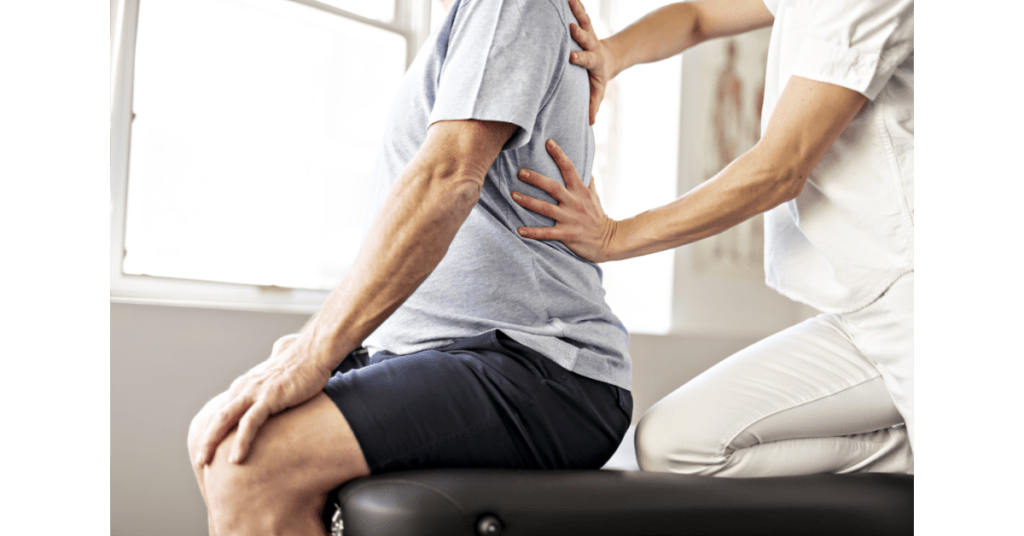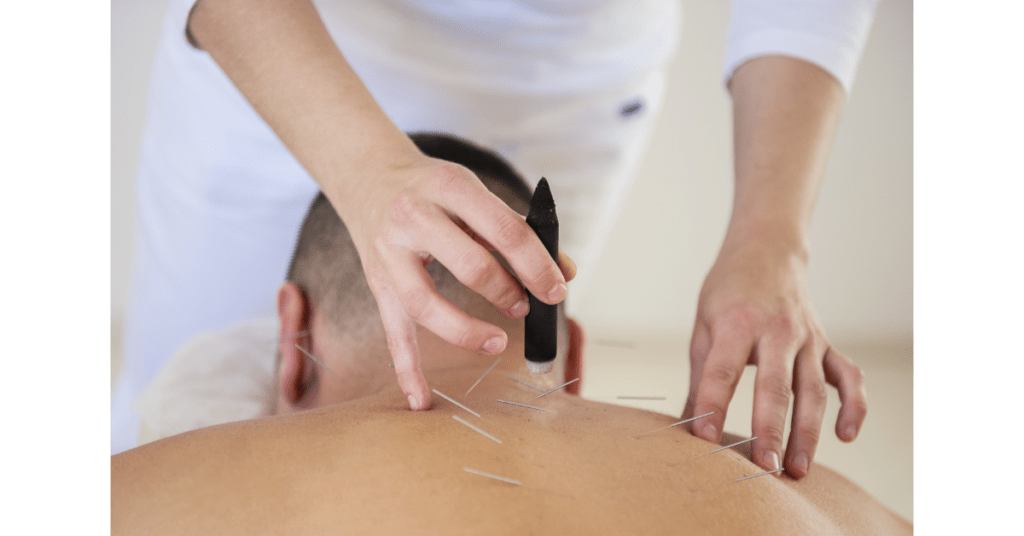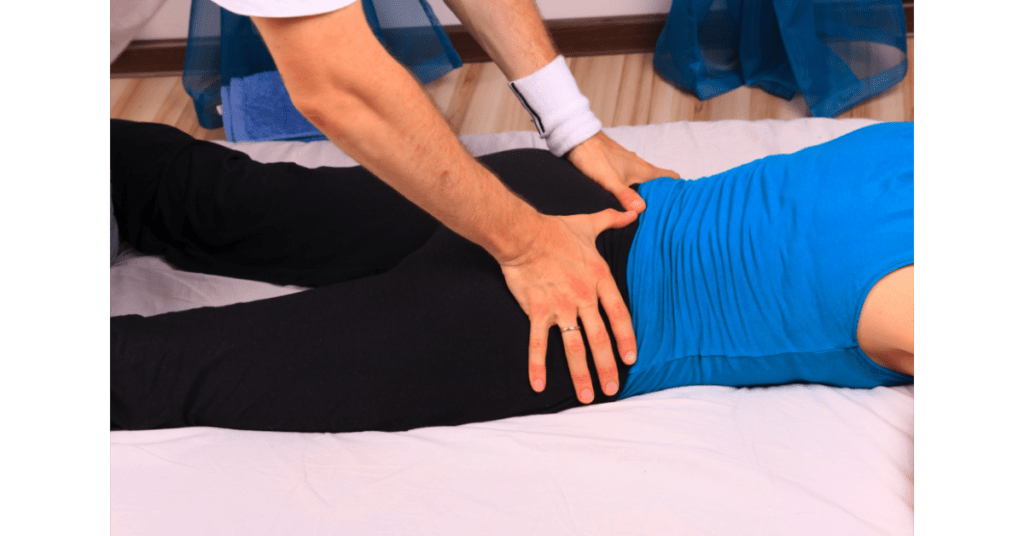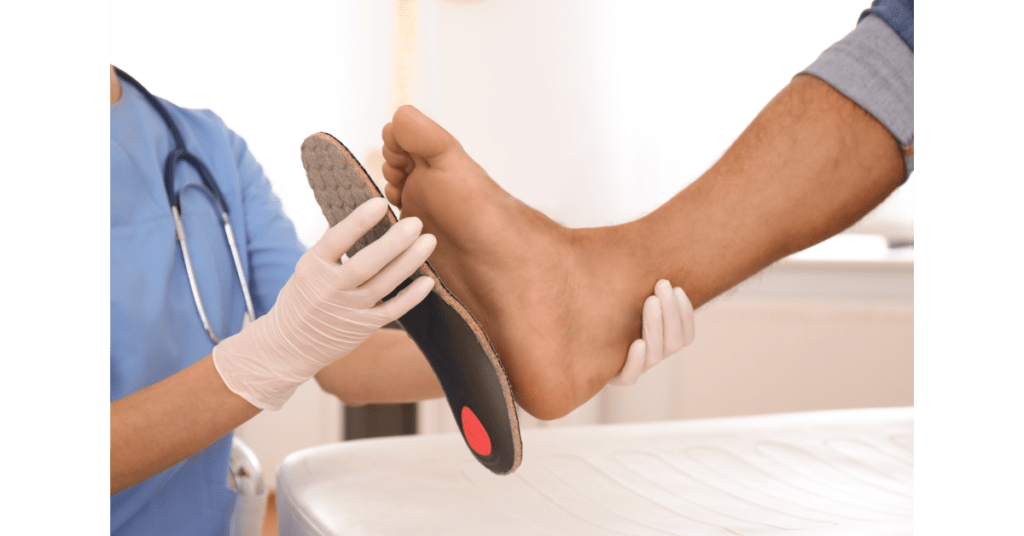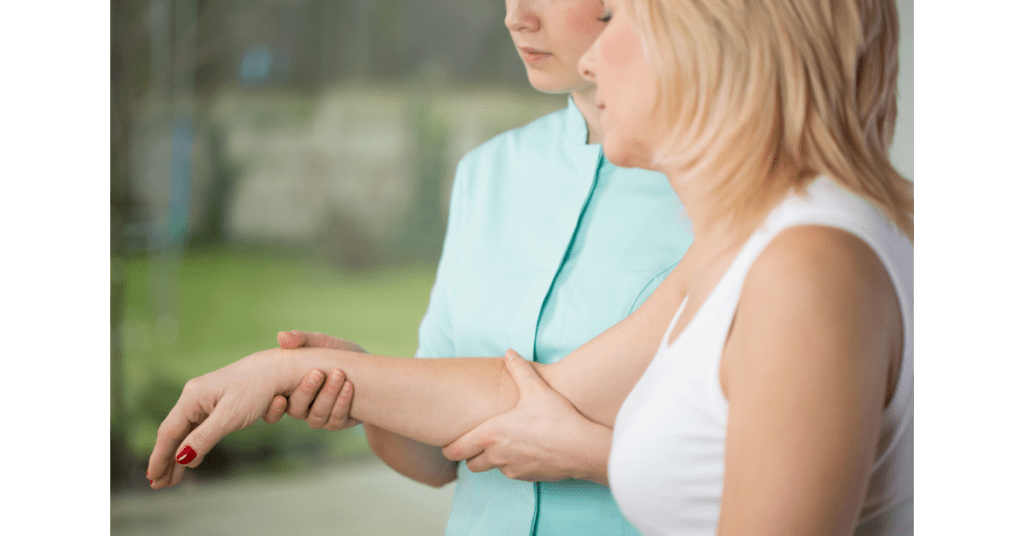What is Base of Thumb Arthritis?
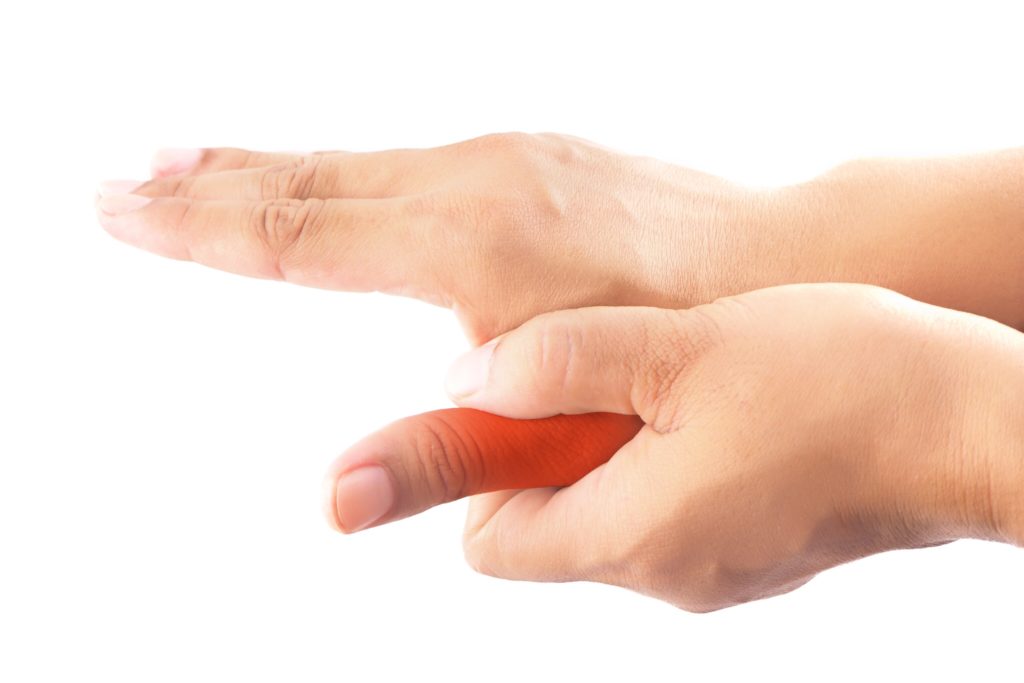
The carpometacarpal (CMC) joint at the base of the thumb connects the bones in the thumb with the palm of the hand. Thumb Arthritis is a condition in which the cartilage covering the bones in the thumb wears away. The smooth, rubbery coating of the thumb, called the cartilage, serves as a cushion and allows smooth and painless movement of the thumb. With the progression of the disease, bone grinds on bone, resulting in joint damage and painful bone spurs called osteophytes are formed in place of the cartilage.
What Causes Base of Thumb Arthritis?
Multiple factors are responsible for increasing the risk of Thumb Arthritis. Increasing age, gender, weight, family history, previous injuries, genetic defects, and repetitive stress are some of them. Women are more susceptible to get arthritis than men. Similarly, persons above 65 are more prone to it. Being overweight, putting excessive and repetitive stress on the hands whether due to recreation or occupation can also cause thumb arthritis. Diseases of the hand like rheumatoid arthritis and osteoarthritis or genetic defects in the cartilage also cause thumb arthritis.
What are the signs and symptoms of Base of Thumb Arthritis?
Pain, swelling, or tenderness at the base of the thumb (CMC joint), stiffness in the morning, or after periods of inactivity are some of the most common symptoms of thumb arthritis. Other signs are a crunching, snapping, or clicking sound when moving the thumb, also called crepitus, or weakness in the CMC joint, a bumpy or bony appearance at the base of the thumb, and decreased range of motion. For example, pain occurring during normal routine activities like turning a key or doorknob, opening jars, grasping something or snapping fingers. Generally, the onset of pain is gradual, it can appear suddenly.
Are you worried about symptoms of thumb arthritis? Book a consultation right away!
How is Base of Thumb Arthritis treated?
Treatment consists of physiotherapy, medications and surgery. Painkillers such as Ibuprofen and acetaminophen, which are available over the counter, and topical gels and creams or non-steroidal anti-inflammatory drugs (NSAIDs) and corticosteroid injections are the medications. If none of the other less invasive treatments help, surgery is the last resort.
Physiotherapy is an important part of rehabilitation. The focus of physiotherapy is essentially on reducing pain, assist in regaining strength, increase joint mobility, function and to prevent progression of the disease. Ultimately, the purpose is to improve the quality of life. Physiotherapy as a non-surgical and drug-free treatment helps in reducing pain. The actual physiotherapy for thumb arthritis depends on individual needs. It may include stretching, strengthening and range of motion exercises, functional retraining and activity modification. This includes learning new ways of carrying out daily routine tasks. Bracing, splinting and compression gloves and patient education also form part of physiotherapy.
Other treatments include Interferential current therapy (IFC) or TENS therapy, Therapeutic ultrasound, Acupuncture, Occupational therapy, Hand therapy and Heat and cold therapy.
At our clinic we have notice by using Simply Align Technique which includes advance physical modalities, activity modification and specific exercises we have faster, longer lasting results with reduced healing time. In the video below you see the use of Tecar therapy that can help with thumb arthritis available at both of our clinic Scarborough and Woodbridge.
Can Base of Thumb Arthritis go away?
No. Though there is no cure for thumb arthritis, it can be delayed or stopped with some changes in lifestyle. For example, you can minimize activities that put pressure on the thumbs such as knitting or playing tennis. You can use assistive devices like key turners, jar openers, large zipper pulls, larger pens, kitchen tools, and utensils with larger handles. Using doorknobs that have levers that can be pushed down instead of turning. Further, you can wear a brace, sleeve, or glove for support while sleeping or doing repetitive motions during the day.
Can you prevent Base of Thumb Arthritis?
Yes. You can prevent the onset of base of thumb arthritis by maintaining a healthy weight and following a non-inflammatory diet. You need to avoid foods high in sugar content and avoid refined and processed foods.
Are you looking for physiotherapy or a Chiropractor? If Yes, then visit Simply Align Rehab Physio in Scarborough/Toronto or Woodbridge/Vaughan or you can always call or text us for your Physiotherapy or Chiropractor needs in Toronto at (416) 438-3230 or For Physiotherapy or Chiropractor need in Vaughan (Woodbridge) at (905) 638-9840.

